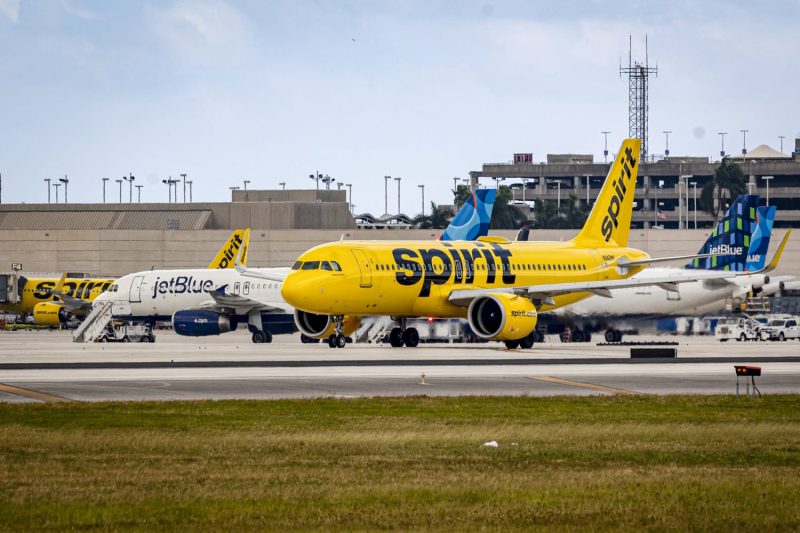**Where are Low-Cost Airlines Cutting Back Now: New Planes?**
Low-cost airlines have long been a popular choice for budget-conscious travelers looking for affordable flights to various destinations. However, in recent years, some of these airlines have started to make cutbacks in certain areas in order to reduce costs and stay competitive in the ever-changing aviation industry. One area where low-cost airlines are cutting back now is in the acquisition of new planes.
Historically, low-cost airlines have been known for operating relatively young fleets of aircraft, as newer planes tend to be more fuel-efficient and require less maintenance than older models. This has helped these airlines to keep operating costs low and offer attractive ticket prices to passengers. However, the landscape is changing, and some low-cost carriers are now opting to hold off on purchasing new planes in an effort to save money.
One factor contributing to this shift is the high cost of new aircraft. With the latest models from major manufacturers such as Boeing and Airbus commanding steep price tags, low-cost airlines are finding it increasingly difficult to justify the expense of acquiring new planes, especially as they seek to weather a challenging operating environment. In addition, the ongoing COVID-19 pandemic has forced many airlines to reassess their business strategies and prioritize cost-saving measures.
As a result, some low-cost carriers have decided to delay or scale back their aircraft orders, opting instead to extend the life of existing planes in their fleets or explore options such as leasing or purchasing used aircraft. While this approach may help airlines to save money in the short term, it also comes with its own set of challenges. Older aircraft typically have higher fuel consumption and maintenance costs, which can erode some of the savings achieved through deferring the purchase of new planes.
Furthermore, the decision to postpone investments in new aircraft may impact the overall passenger experience, as older planes may lack some of the amenities and features found on newer models. In an industry where customer satisfaction is key to attracting and retaining business, low-cost airlines will need to strike a delicate balance between reducing costs and meeting the expectations of their passengers.
Despite these challenges, low-cost airlines that choose to cut back on new plane acquisitions are likely making a calculated decision based on their current financial circumstances and the evolving dynamics of the aviation market. By focusing on optimizing their existing fleets and exploring alternative solutions, these airlines can position themselves to navigate the uncertainties of the industry and emerge stronger in the long run.
In conclusion, the trend of low-cost airlines cutting back on new planes represents a strategic response to the changing economic landscape and industry conditions. While this approach may present some trade-offs in terms of operational efficiency and customer satisfaction, it underscores the need for airlines to adapt and innovate in order to thrive in a competitive and fast-paced environment.




























